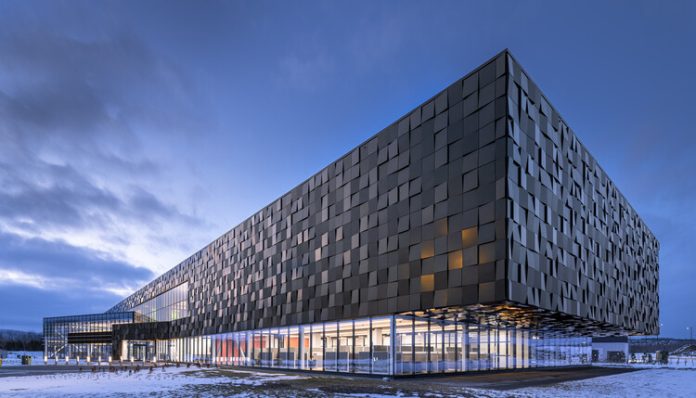Cladding products play a crucial role in the design and construction process. The right architectural cladding products not only look fantastic, they provide protection against Australia’s harsh weather. Once upon a time, designers were limited in their choice, but the industry has expanded rapidly and there are now thousands of options on the market. In this article we’re going to explore a few of the most common types of architectural cladding and how they stack up as a functional design feature for your next project.
- Timber Cladding
Timber cladding is the classic option when building a home. The good news is that timber has come a long way from traditional weatherboard style cladding! While weatherboards are still popular, modern styles lean into designs like battens and sheet products that add a real sense of depth to the product.
The best part about timber cladding is that it’s incredibly high performing. Modern timber cladding is manufactured in some of the world’s toughest timbers, like Western Red Cedar. These timber species have a high oil content, which makes them incredibly resistant to UV radiation, dirt, rain and other contaminants. The only major drawback of timber cladding is that it typically needs to have its protective coating reapplied at regular intervals. That can be time consuming and expensive, but it’s critical to the longevity of the timber.
- Brick Veneer
Brick veneer is one of Australia’s most popular cladding choices. Brick finishes are affordable, hard-wearing and highly resistant to harsh weather conditions, such as storms and UV rays. These days bricks are also available in thousands of different colours and styles. From classic red bricks through to options like breeze blocks, coloured bricks, cement blocks and more, bricks are one of the most flexible architectural cladding solutions.
If you like the look of brick but don’t want to spend money on the installation, it’s also possible to find imitation veneers. Imitation brick cladding looks and feels like real brick, but it’s made of thin slivers of bricks, which are often joined together as a sheet product. These sheets are quick and easy to install, which greatly reduces the cost, but they’re also lightweight and suitable for installation on tall buildings or internal walls.
- Metal Cladding
Metal cladding products have become one of the industry’s most-loved options in recent years. While metal cladding is more energy-intensive to produce, it’s long-lived and impervious to the sun, storms and even bushfires. Depending on the look you want to achieve, it’s possible to find metal cladding that’s made of steel, aluminium and even copper. Each of these metals performs differently out in the weather, lending a unique aesthetic to your project.
One of the biggest benefits of metal cladding is the ease of installation. Most metal cladding products are sold as sheets that come with specific mounting systems. These mounting systems are easy to install, and then the metal sheets can simply be screwed or clipped onto the exterior wall. This makes installation a very quick process, reducing the overall cost of the project without impacting the design.
- Composite Cladding
While natural materials like timber and metal have gained popularity as a cladding, these products are often too expensive for most designs. So what do you do if you want a high level of architectural design at a fraction of the cost? You opt for composite cladding! Composite cladding is generally produced from a mixture of products, like timber, resin, vinyl and fibreglass. You could think of composite cladding products as a type of plastic, although they’re far more complex than common plastics.
Composite cladding is designed to offer the same visual appeal as natural materials at a much lower cost. They’re also produced from hard-wearing materials that can live outside in the weather for decades without fading, cracking or warping. The only drawback to composite products is that they aren’t living materials. Unlike timber and metal which fade and develop a patina over time, composite cladding stays the same, and it doesn’t offer that same lived-in feeling that natural cladding is prized for.
- Fibre Cement Board
Fibre cement products have been used as a cladding for hundreds of years. These types of cladding are made from thin sheets of cement that are reinforced with timber or glass fibres, making them incredibly durable and resistant to Australia’s sun and storms. They’re also incredibly affordable, which has made them the ideal cladding material for low-cost projects, like agricultural buildings and sheds.
But fibre cement cladding has come a long way since then. These days the industrial aesthetic is becoming increasingly popular, and advances in technology means that fibre cement architectural cladding is now available in hundreds of shapes, sizes, colours and designs. If you like the blocky, brutalist look of concrete and stone finishes, fibre cement cladding should be at the top of your list.
















